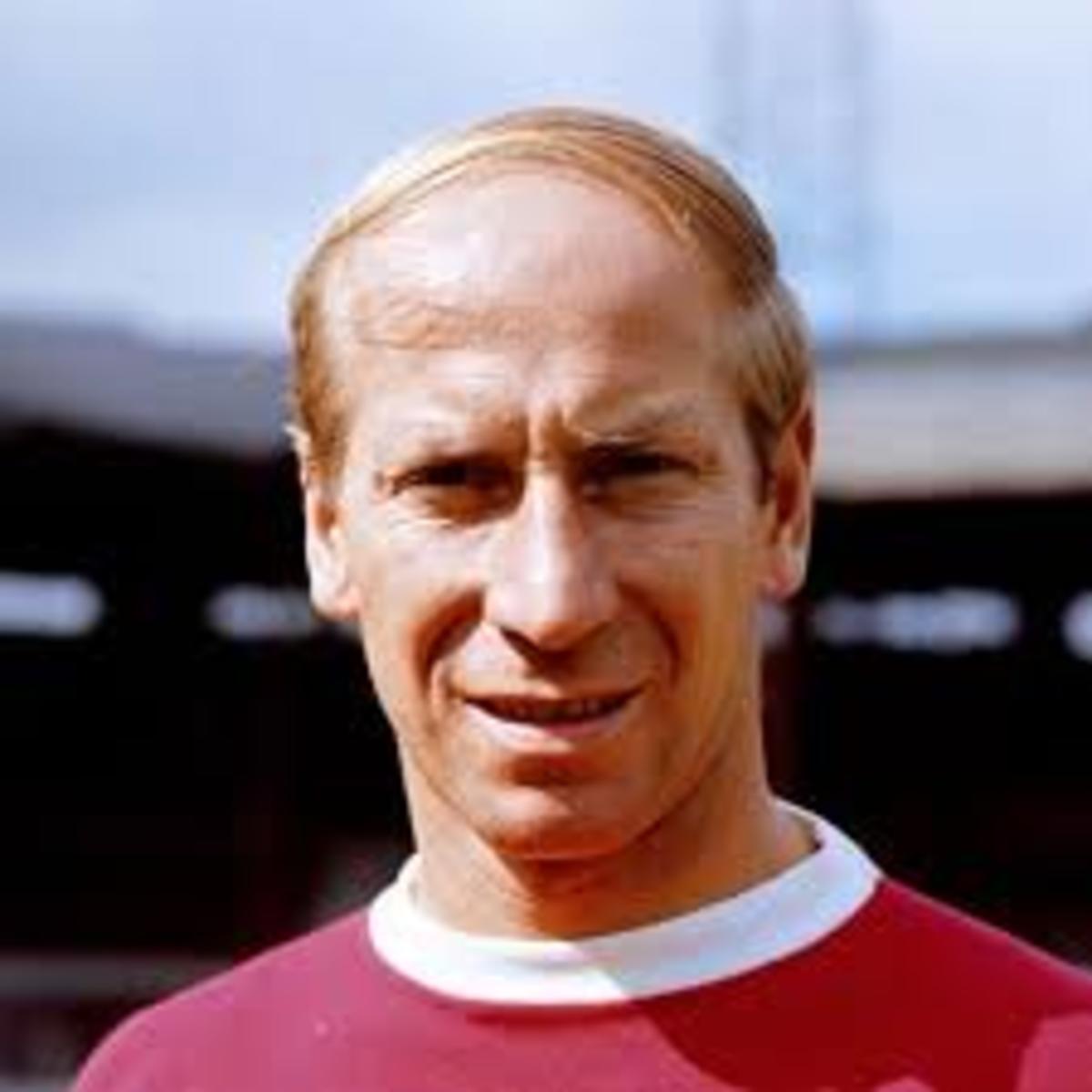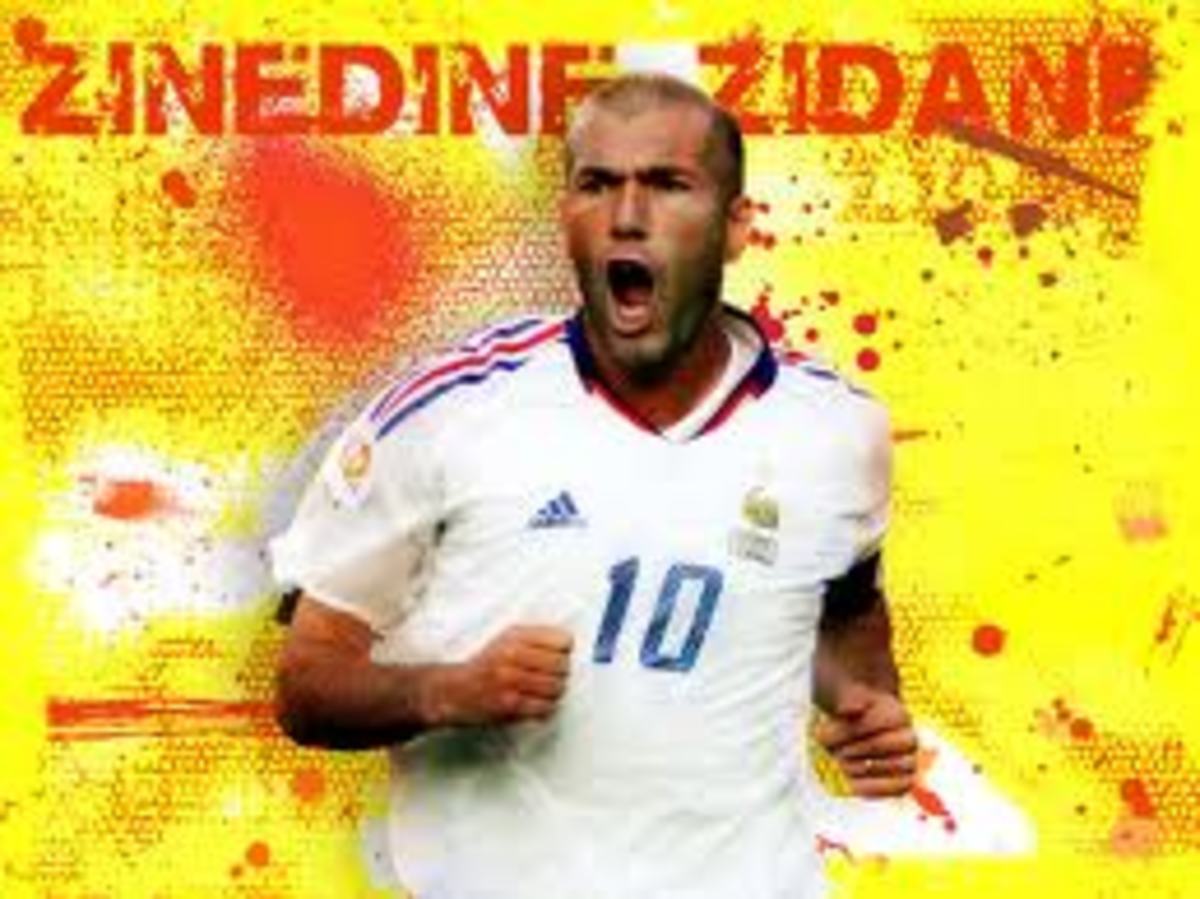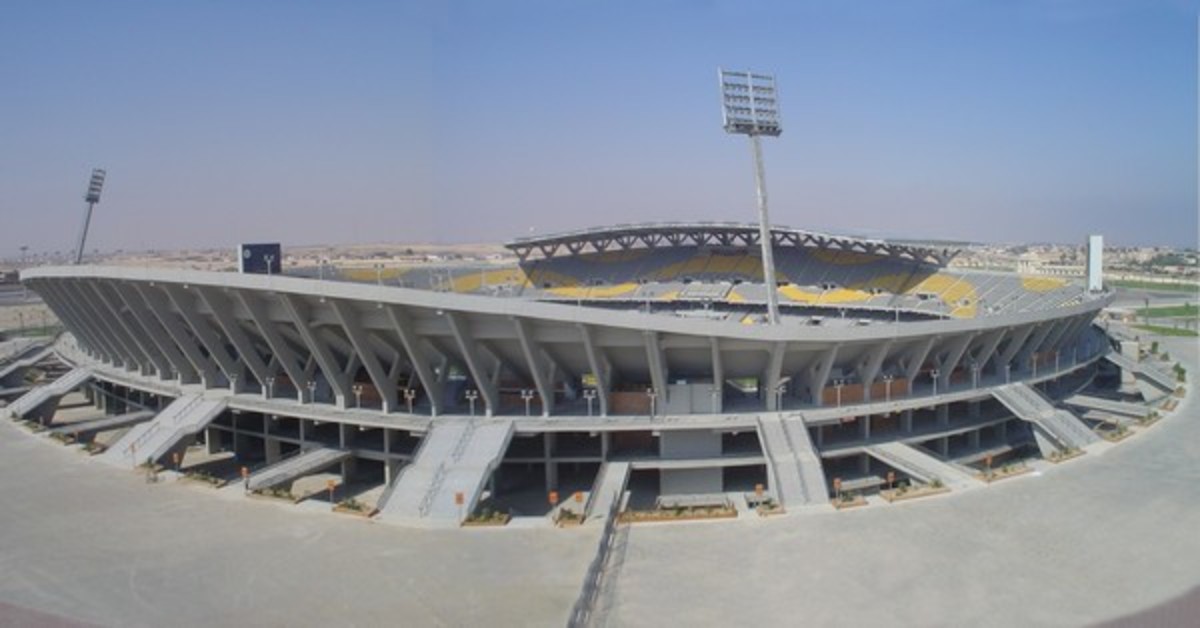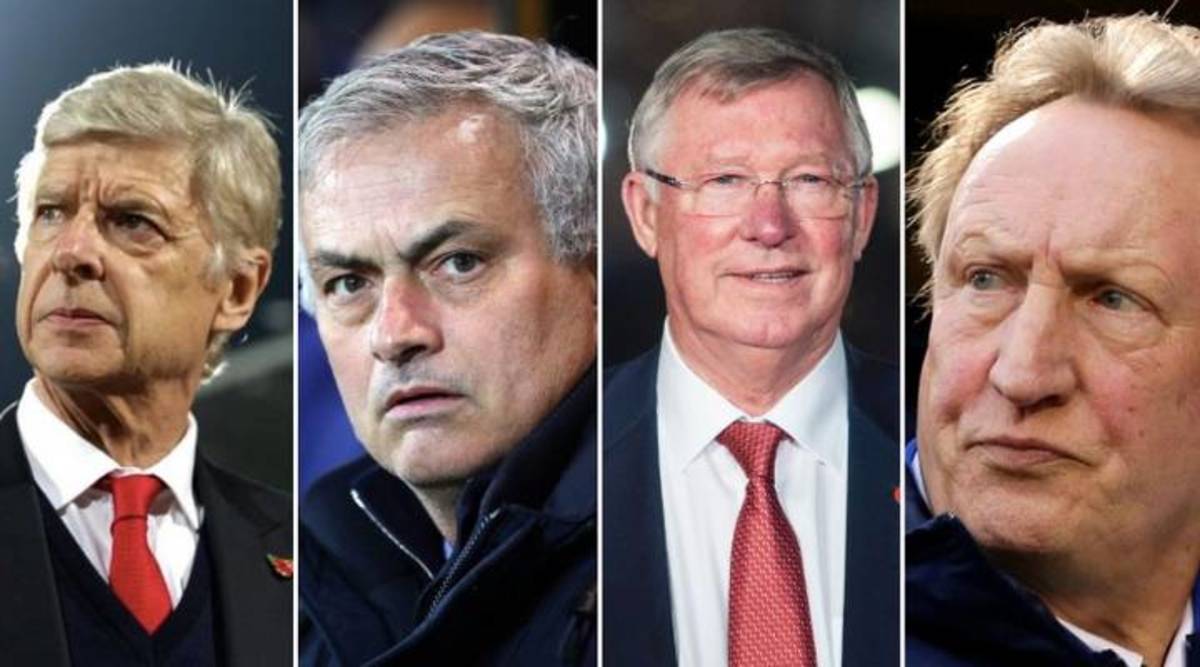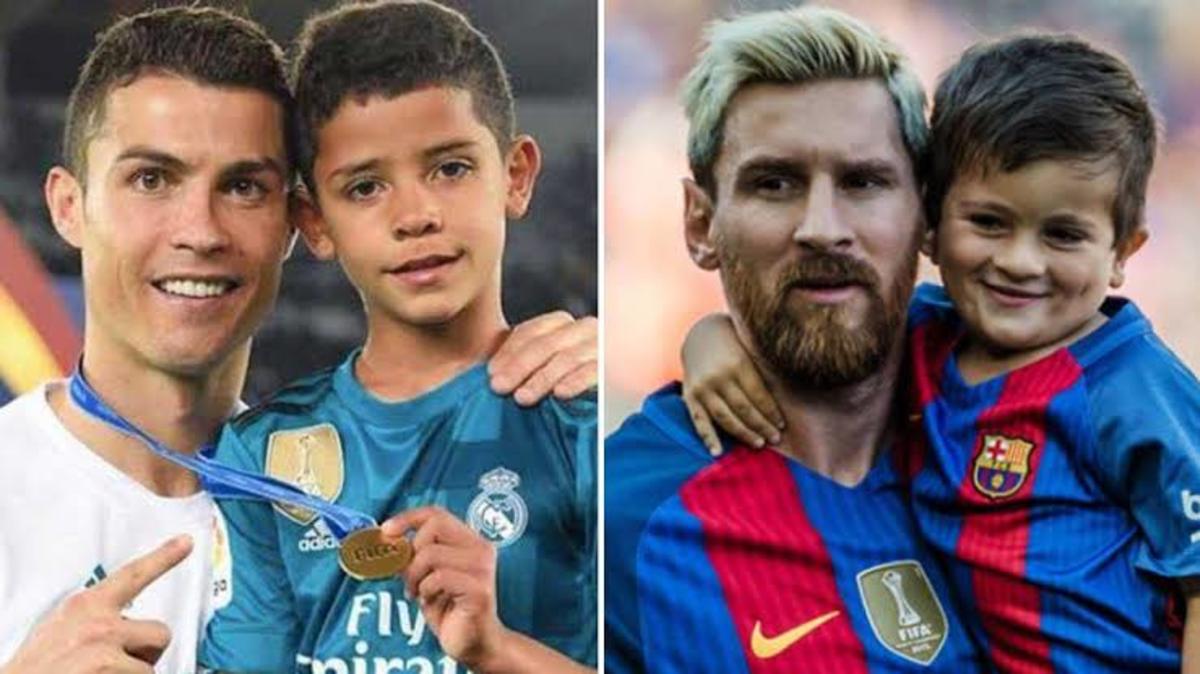The rarity of a black Number 10
Over the last decade or so, football has produced myriad of world class number 10's. Zidane, Kaka and Nedved have all deservedly collected the Ballon D'or playing in that role, with Deco finishing as runner up in 2004. The growing popularity of the 4-2-3-1 formation has unearthed even more players with the dribbling and creativity to play in that position, several of Europe's leading clubs have such a player - James at Real Madrid, Oscar at Chelsea and Mario Gotze at Bayern Munich to name a few. The modern day number 10, however, differs slightly from the more old-school 'Trequaristas' - blistering pace and a goal scoring touch are becoming more relevant than vision and technique. One player who possessed the desired physical attributes alongside the technical attributes was three time Champions League winner Clarence Seedorf; quite a player you could argue. Yet one other factor makes Seedorf stand out above the rest; over the past fifteen years, he is the only undisputed world class black Number 10. Considering Seedorf's illustrious career, why are there so few black Number 10's following in his footsteps?
Pigeon-holing of African Talent
There is a common conception, that black players possess a guarantee of certain physical attributes - speed, strength and stamina would seemingly be commonplace on a scout's report of a black footballer. These qualities are very desirable for a full-back or a defensive midfielder, yet positions which rely upon decision making (the number 10 role for example) are generally trusted to white players. It's an old-school theory, but one that still exists, that the pigment of someone's skin determines what attributes they hold; a scout for a European team would generally search Africa for physical components only. Sadly, either consciously or sub-consciously, this out-dated stereotyping is still strongly considered in European football - an Africa based scout for an unnamed Premiership team, was given strict instructions to only recommend players with a minimum 'aerial elevation'. The notion that African football serves as a development centre for Europe only continues to shape the frame of a typical African footballer; Some clubs only want players who are big, strong and quick. It's not unlikely that the impromptu games of football on mud pitches across Africa, are littered with small, skilful play-makers left behind on the football scrapheap.
A concept known as the 'Papa Bouba Diop' template describes Europe's approach to scouring Africa for talent. The former Senegal international is widely recognised for his powerful physique, to such an extent he was nicknamed 'The Wardrobe' by Fulham fans, following his spell at the club. He was one of the first high-profile players to enjoy success in the Premier League at a relatively cheap price (£6 million); this prompted several clones of Bouba-Diop to emerge around Europe's top domestic leagues. Clubs in France and Belgium have development programmes implemented in some former colonies, creating a conveyor belt of young, impressionable athletes ready to be moulded to a certain position. The raw attributes of the African players plying their trade in Ligue 1 would make them appear less of a gamble; an attitude of 'if the strength and pace are there then half the job is done' means that the portrait of African football is becoming easier to paint. Europe's obsession with the instant, cheap purchase is moulding the way African footballers are being developed, consequently, the likelihood that a world-class number 10 emerging from the continent is becoming increasingly unlikely. To put it in perspective, at the 2013 Africa Cup of Nations, Alex Song found himself playing behind the striker. Song is a highly coveted defensive midfielder, but the fact that he was employed in the number 10 role for his country, speaks volumes about the lack of options.
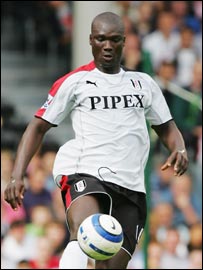
Afro-Brazilian
The primary similarity between South America and Africa in terms of unearthing talent, is the ambition to move to Europe for the players. Europe has the exposure, the biggest teams and most importantly, the biggest wages. For a young player, a move to even a mid table club in European football not only means a lucrative salary and high level competition, it also provides the safety net of financial security for their family; a big factor for many players from poverty stricken backgrounds. If you head to some of the poorest areas of Rio or Sao Paulo, you'll find streets with an army of kids trying to become the next Rivaldo or Neymar. Where South America is ahead of Africa, is the length of time Europe has spent coveting it's upcoming stars. Africa is relatively new to breeding players like a cattle farm, whereas Serie A and La Liga have been saturated with South Americans for decades.
With it's reputation for flair football, South America has inevitably produced more than its fair share of talent; Hugo Sanchez (Central American admittedly) and DI Stefano were running rings round defenders for Real Madrid in the 60's and 80's respectively, with Ronaldo and Romario more recently flying the South American flag. The law of averages would suggest that with so much talent coming from the continent, a few special players in the number 10 were unavoidable. Zico's emergence as one of the worlds greatest play-makers in the late 70's provoked a flood of players of a similar ilk. In recent years we've seen Riquelme, Kaka and Deco become prominent in that role, yet once again, there have been few black players really excelling in the position.

Ronaldinho could be argued as a number 10, however, he spent most of the time on the left flank, and when he was entrusted with the role in the 2006 World Cup, he flopped and Brazil crashed out. Now in the modern game, the only top level Afro-Brazilians in the number 10 position are Chelsea's Willian and more famously Neymar at Barcelona. Both are debatable. Willian spends most of his time shoved out on the right wing, where he has arguably failed to show enough to warrant a reputation in the top bracket of player. With Neymar, his ability is undeniable, yet he drifts in out of games too much to be considered a true number 10, and much like the aforementioned Ronaldinho, spends most of his time cutting in from the left. For their respective clubs, Neymar has more goals than his compatriots rivaling him for the number 10 spot, yet the player trusted in the central attacking midfield role for the Brazil national team, sandwiched in the middle of Willian and Neymar, is Oscar, a white player. While Brazil continue to produce endless amounts of talented Afro-Brazilians - a number 10 still eludes them.
Brazil players in 2013/14 season
Player
| Goals
| Assists
|
|---|---|---|
Oscar
| 8
| 4
|
Neymar
| 11
| 10
|
Willian
| 4
| 1
|
The Anomalies
Much like every trend, there is always the odd anomaly. Where most African players find themselves playing pretty much anywhere other than the number 10 role, every so often one breaks through. Currently involved in a relegation battle with his club side West Brom, Stephane Sessegnon isn't exactly a house-hold name, yet the Benin international has enjoyed a relatively successful career; he was a regular for PSG before all the money arrived. In his first full season at Sunderland he won the club's 'Player of the Year' award, playing behind Niklas Bendtner for the majority of the season, finishing the season with 8 goals and 11 assists - not a bad return for a mid-table club.
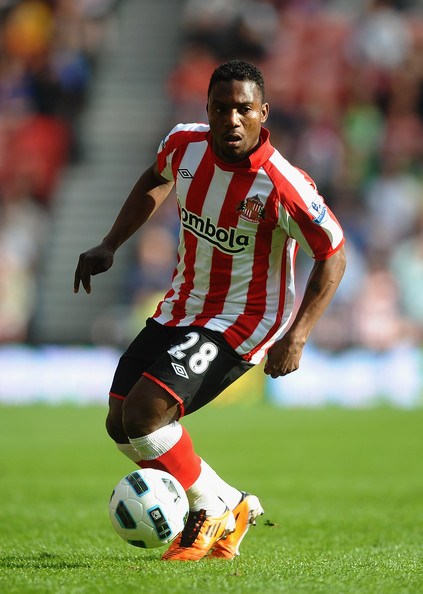
The problem with anomalies, though, is that for every Sessegnon, there are hundreds with equal ability who fall through the net. Africa and South America will continue to produce players, but until football, especially European football, changes it's opinion on the ability of black footballers, a lot of African and Afro-Brazilian players will fail to fulfill their potential. Maybe in 20 years time, the Africa Cup of Nations will no longer have the most technically competent holding midfielder in the number 10 role, and we'll finally see natural, top drawer players in the role.

